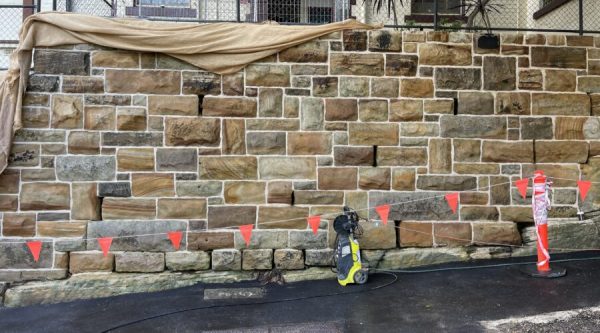When it comes to preserving the elegance of stone surfaces in our homes and public spaces, many people face a pivotal choice: restore or replace?
Projects ranging from something as specific as stone bathroom rejuvenation services to general stone repairs offer effective solutions for maintaining these beautiful areas. However, from an environmental standpoint, restoration stands out as the greener choice.
This article explores three compelling reasons why stone restoration is not only beneficial for aesthetics but also better for the planet compared to outright replacement.
Main Points:
- Stone restoration preserves the elegance of stone surfaces while being an eco-friendly alternative.
- Restoring stones helps reduce waste and ease the burden on waste management systems.
- Modern restoration methods ensure that restored surfaces are strong and durable, offering long-term cost savings.
How Does Stone Restoration Reduce Carbon Footprint?
Stone restoration is a greener option compared to producing new stone slabs.
When new stones are extracted from quarries, processed, and transported, it consumes a lot of energy and resources. Heavy machinery and fuel used in these processes emit substantial amounts of carbon dioxide.
Choosing stone restoration avoids these energy-intensive steps, which significantly reduces our carbon footprint. The restoration process usually involves experts who come to your location and use fewer materials and less energy.
Moreover, new stones often travel long distances and go through various logistical stages. Each of these stages uses additional resources and energy, further increasing carbon emissions.
In contrast, stone restoration is a simpler process that directly addresses the stones where they are, making it a more environmentally friendly option.
What About Cutting Down Waste?
Think about all the waste created when old stone slabs are thrown away in favor of new ones. These discarded slabs usually end up in landfills, adding to the load on our waste management systems.
Restoring stones means we don’t have to toss out the old ones, keeping them out of our already crowded landfills. This not only reduces waste but also eases the pressure on our waste management infrastructure, making stone restoration a more eco-friendly choice.
Plus, restoration extends the life of existing stones, helping to preserve natural resources for future generations.
Is Stone Restoration Cost-Effective?
Many homeowners and business owners might think that stone restoration is as expensive as replacing the stone. However, the initial costs for restoration are generally lower than those for a complete replacement.
Skilled technicians can fix chips, cracks, and other flaws at a much lower cost than installing new stone. Modern restoration methods make the surfaces almost as strong and durable as they were originally, so they last for many more years. This means fewer repairs or replacements are needed over time, which saves you money in the long run.
Conclusion
Stone restoration not only enhances the beauty of surfaces but also offers significant environmental benefits. By reducing carbon emissions and minimizing waste, it outperforms the option of replacing old stone slabs.
Additionally, the cost savings make it an attractive choice for both homeowners and businesses. With modern techniques, restored stone surfaces can regain their original strength and last for many years.
Overall, stone restoration is a smart, eco-friendly, and cost-effective alternative.


